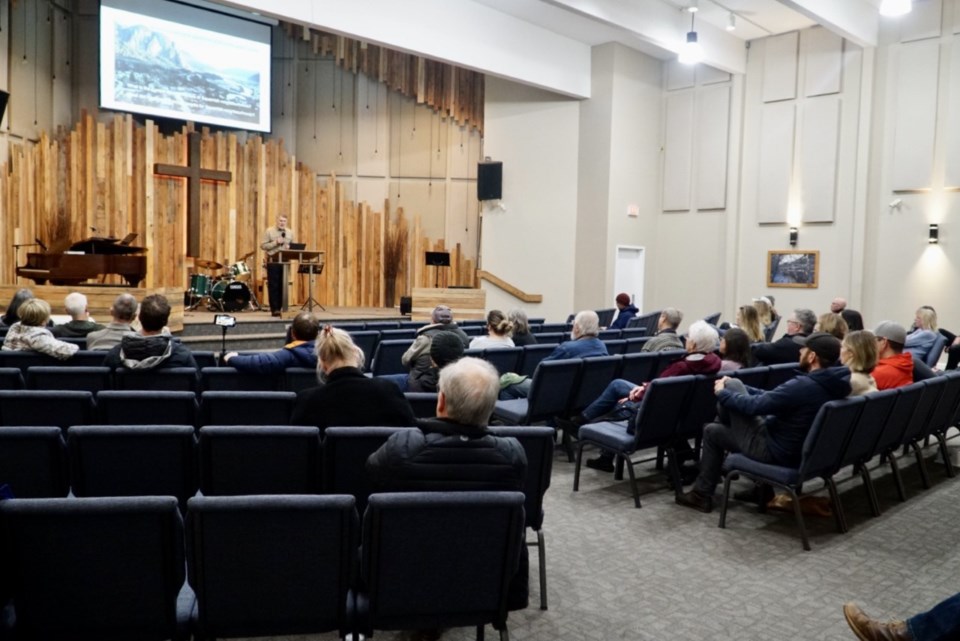I am writing in response to your story, ‘At town hall, Garibaldi Estates residents oppose major density.’
As a Â鶹Éç¹ú²úresident who has worked for more than a decade with communities across the country struggling with the repercussions of continued sprawl, I see Â鶹Éç¹ú²úat a tipping point and am hoping that people will consider some of the opportunities that densification has to offer.
First off, I will say that I am in agreement with many of the concerns that have been raised by residents around the development at Garibaldi Estates — including those around the need for proper consultation with residents, the need to preserve urban agriculture, and others. The statements that I disagree with and that I am discussing here are those that oppose mid-rise and other forms of densification altogether.
Denser development means more efficient use of resources, including land, roads, and building materials. This, in turn, means lower costs per household for the municipality to service these communities (some studies suggest it’s less than half). In fact, the taxes of those of us living in denser areas often subsidize the higher infrastructure costs of households on large low-density lots. Similarly, higher-density areas bring in more tax revenues per area of land to support the development and maintenance of community amenities that everyone can benefit from.
Above and beyond the cost and material efficiency benefits of densification, there is also the question of protecting what so many of us appreciate about living in Â鶹Éç¹ú²úin the first place- its natural beauty and the opportunity to experience it from our doorsteps.
The only alternative to densification is greenfield development — new homes for a growing population — have to go somewhere. Greenfield development means more encroachment on the land we enjoy recreating and further destroying local wildlife habitats and the ecosystem services they provide (clean water and air, anyone?).
At the town hall, one resident said we must think outside the condo box. The box that we have been stuck in for decades, and which is decimating our planet, is the continuation of sprawl.
We don’t need to build 20-storey towers. In my opinion, keeping development at or below six storeys makes sense in Squamish.
Nor do we need to build condos everywhere — some light densification with duplexes and carriage homes also makes sense. However, we need to favour medium-level, mixed-use densification in select areas to accommodate growth. And that will have to happen in and around places where some people already live.
Increases in traffic and parking are challenges with densification.
Denser communities, however, offer more opportunities for walking, cycling, transit, and carsharing that reduce the need for vehicle ownership- which in turn makes living more affordable. There are actually already many people who commute to the city, Whistler, and trailheads using transit, rideshare platforms such as Poparide, and Facebook groups, all of which will become more viable with densification. So, densification could actually mean less traffic Town-wide and on the Sea to Sky compared to sprawled development.
Densification alone is not a solution; we need to be thoughtful about it and hold developers accountable to ensure that new developments enhance our communities.
We are in a place where we have an opportunity with infill and densification, however, to ‘think beyond our backyards,’ to build our community in a way that is both good for locals and welcoming to newcomers, as well as a responsibility to do better for our planet.
Julia Meyer-MacLeod
Squamish






